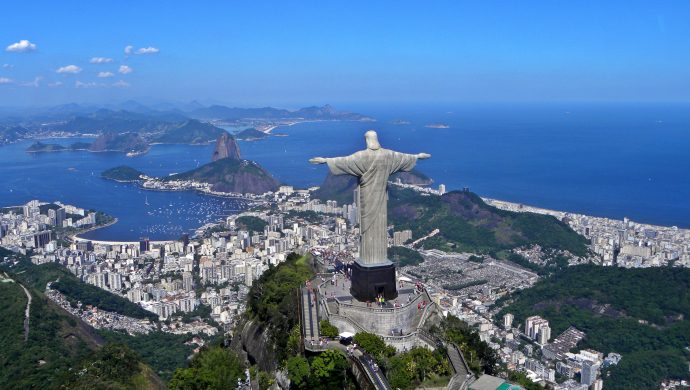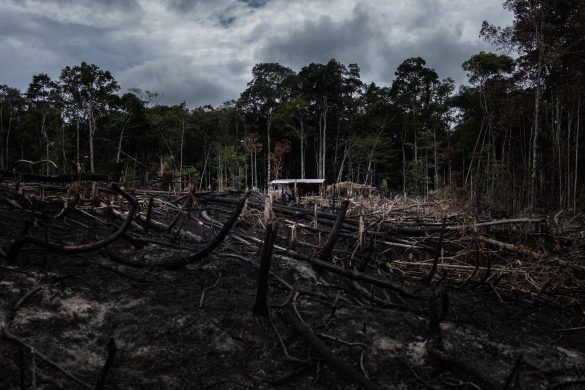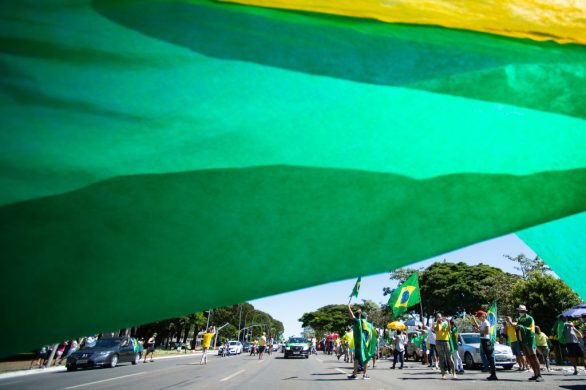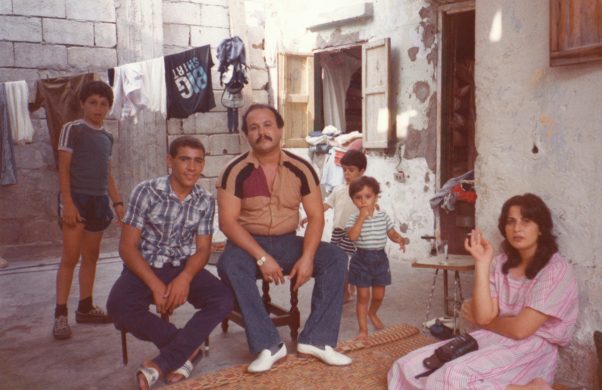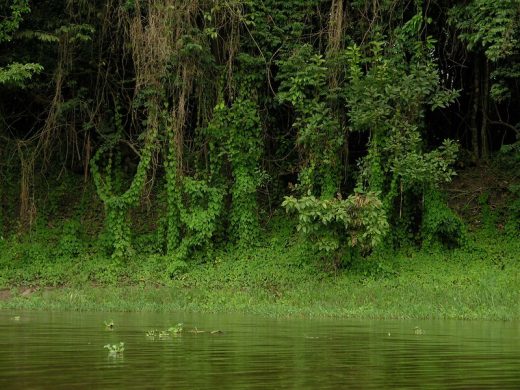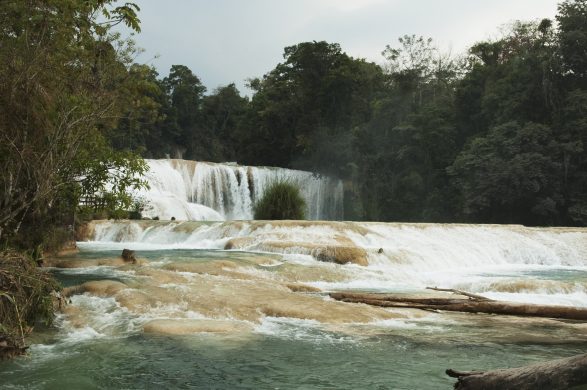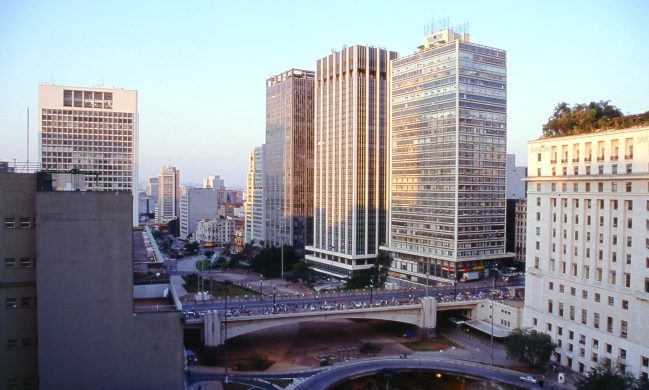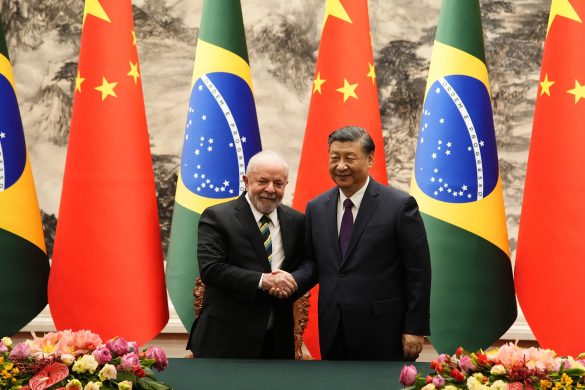Neither the Bay of Guanabara nor the Rodrigo de Freitas Lagoon – two of Rio de Janeiro’s main outdoor Olympic aquatic sports venues – will be totally pollution-free by the time the Olympic Games begin on August 5, experts have admitted.
However, the international sailing and rowing federations and the Rio authorities promise both sites will be suitable for hosting events.
“We have all the conditions to have very good water quality in the Bay of Guanabara,” said Guido Gelli of the Bay of Guanabara Environmental Sanitation Programme (PSAM), which is managed by Brazil’s environment ministry.
In the bay’s main channel (where events will take place), conditions are more favourable in the months when rainfall is less frequent, Gelli added. “Together with the Marina da Glória [which has been refurbished to host sailing events], we will take samples every day, everyone will be able to see the analyses,” Gelli said.
A well-known tourist attraction in Rio de Janeiro, the Bay of Guanabara has a surface area of 400 sq. km, and a long history as a dumping ground for rubbish, industrial runoff, and untreated sewage from informal housing from around 15 municipalities.
“I assure you that the water samples will be within international standards,” Edes Fernandes de Oliveira, director of production and overall operations at the Rio Water and Sewage Company, told Diálogo Chino.
After two test events, the International Sailing Federation drafted a report indicating that regattas in the Bay of Guanabara were viable. Athletes from at least 60 countries will compete in sailing events during the Olympics in Rio de Janeiro in two months’ time.
“Water conditions in the Bay of Guanabara could improve,” the Brazilian Sailing Confederation (CBVela) admitted, adding:
“CBVela wants this not only for the sport, but also to benefit all Brazilian citizens, especially Rio’s residents.”
In 2009, along with its candidature to host the Olympics, the Rio government pledged to clear and treat 80% of all sewage by 2016, through the Bay of Guanabara and Barra-Jacarepaguá Cleanup Programme.
The document signed by João Havelange, who was later removed from the International Olympic Committee (IOC) and the International Football Federation (FIFA) after accusations of corruption, stated that the federal government’s National Plan for Basic Sanitation had secured investments of US$4 billion for restoration programmes.
“That number won’t be reached,” said Rogerio Valle, professor of production engineering at Coppe/UFRJ (Federal University of Rio de Janeiro).
“This number, 80%, came up because it was thought that the national plan would be completed, but they were imaginary numbers.”
Oliveira gives other reasons for the delays:
“Many unforeseen events took place and several simultaneous projects are being undertaken in the city. Who knew we’d find an underground port halfway through?” he said. But Oliveira offered no response when asked by Diálogo Chino if the project had failed to plan for contingencies and missed deadlines.
The clean water pledge has now been pushed back to 2018. According to official data, between 2006 and 2010 around 500 million Brazilian reais (USD140 million) were invested in sanitation in Rio de Janeiro state, where only 30% of sewage is treated, up from 20% for the previous period.
It is expected that 10,500 athletes from 206 countries will travel to Rio de Janeiro to compete in the 306 Olympic events across 42 different sports, which will be held over the course of 17 days. Brazilian authorities estimate that more than 300,000 tourists will come to watch the Olympics in 2016.
Artiklen er tidligere publiseret i The Third Pole og Dialogo Chino under en Creative Commons Licens: http://creativecommons.org/licenses/by-nc-nd/2.0/uk/
Læs resten af artiklen fra afsnittet “Long-term project” på The Third Pole i lnket nedenfor.

